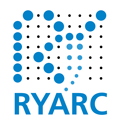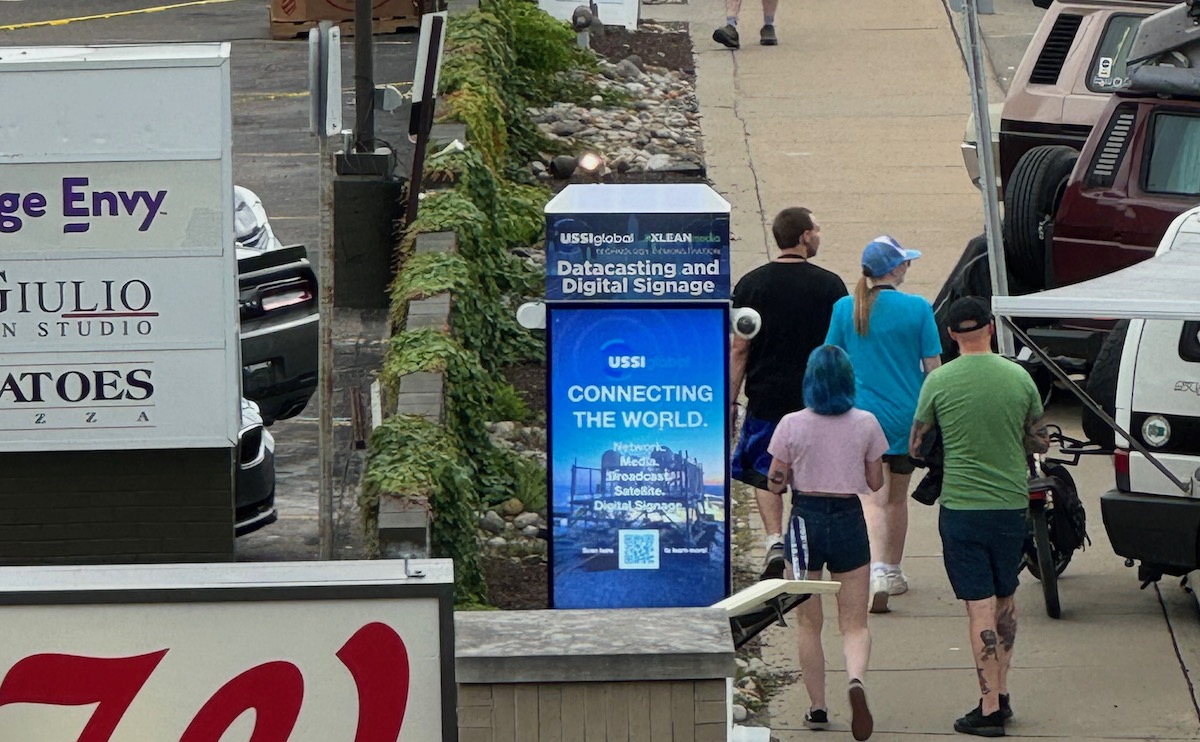Test Demos Moving Digital Signage Content To Remote Displays Using Broadcast TV Tech – August 20, 2024 by Dave Haynes, sixteen-nine.net
Mobile broadband advances and cell tower build-outs have meant deploying connected digital signage and DOOH networks is far less complicated and expensive than it was 10 and 20 years ago, but that doesn’t mean there aren’t still efforts to further lower the complications and costs, and try different ways to move content files out to displays in more remote or challenging locations.
One of those alternative methods involves using existing broadcast TV infrastructure – and the capabilities for zero internet connectivity in digital signage were demo’d this past weekend at a massive celebration of car culture in, of course, Detroit.
Throughout the event, dual-sided digital kiosks strategically placed along Woodward Avenue delivered real-time information and advertisements directly to attendees. This was made possible through ATSC 3.0, a cutting-edge broadcast technology that transmits data efficiently and reliably. The kiosks demonstrated the dual capabilities of ATSC 3.0 by showcasing Dream Cruise event details and promotional content, all seamlessly transmitted over the air. Among advertisers showcased: AAA, Celsius, Costco, Dunkin’ Donuts, FlipZ, Ford, Motorola, Neutrogena, Nike and Shell.
The use of ATSC 3.0 highlighted the potential for this technology to transform the digital signage industry. ATSC 3.0 complements existing connectivity by delivering larger data files with significant economic efficiency. It allows traditional connectivity to deliver receipt confirmation which overall can reduce download data delivery by up to 40% or 50%. The event drew significant interest from key industry players, reinforcing the value and future potential of ATSC 3.0 in enhancing digital signage.
The partners involved in this venture were The E.W. Scripps Company, Nexstar, USSI, Ryarc, VBox and HPE.
I did a podcast recently with Ryarc founder and CEO Fergal Ó Ceallaigh, who gets into his company’s role in testing and proving ATSC 3.0. The nut of it is that ATSC 3.0 uses existing broadcast TV infrastructure to move data at less cost than mobile broadband. That might be nominally interesting in regions like Asia, where mobile connectivity is cheap. But in the US and Canada, it’s anything but cheap and alternatives are intriguing.



